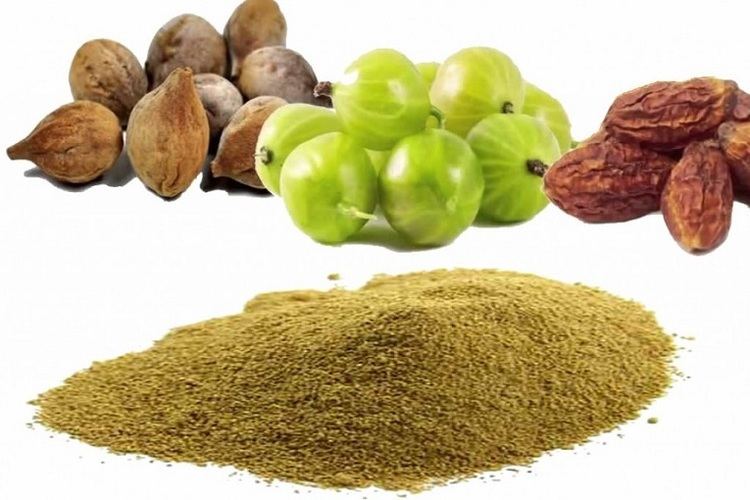 | ||
Similar Bindii, Long pepper, Ajwain, Ghee, Turmeric | ||
how to make triphala rajiv dixit
Triphala (/triːˈfɑːlə/ or /triːˈfælə/; Hindi/Sanskrit: त्रिफला, triphalā [trɪˈpʰɐlaː], “three fruits”) is an Ayurvedic herbal rasayana formula consisting of equal parts of three myrobalans, taken without seed: Amalaki (Emblica officinalis), Bibhitaki (Terminalia bellirica), and Haritaki (Terminalia chebula).
Contents
- how to make triphala rajiv dixit
- triphala health benefits by r niwas
- Medicinal use
- Active constituents
- Contemporary research on triphala
- References
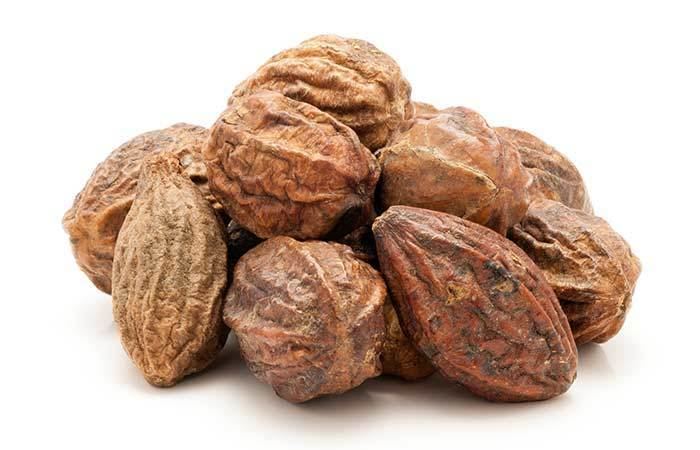
triphala health benefits by r niwas
Medicinal use
In traditional Ayurvedic medicine, Triphala is used for:
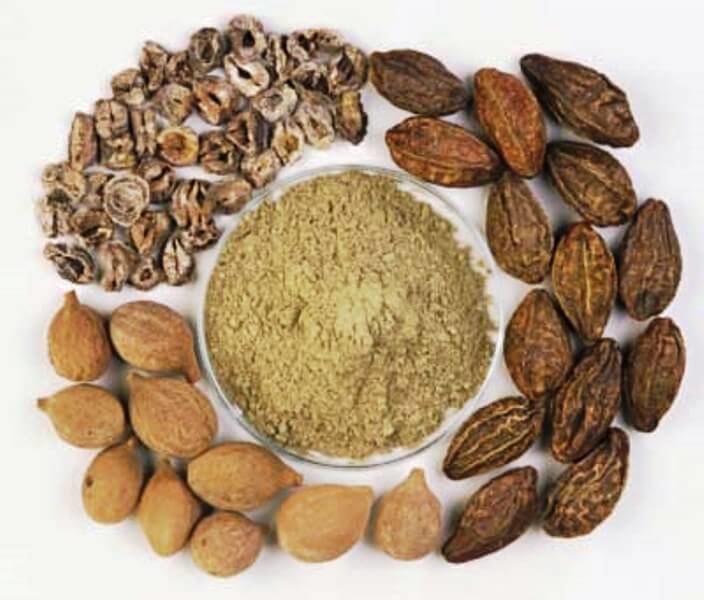
These health claims have not been yet tested in clinical trials on humans. Even within the practice of Ayurvedic medicine, there are controversies about the composition (amlaki, haritaki and bibhitaki), preparation, and medicinal uses of Triphala.
Active constituents
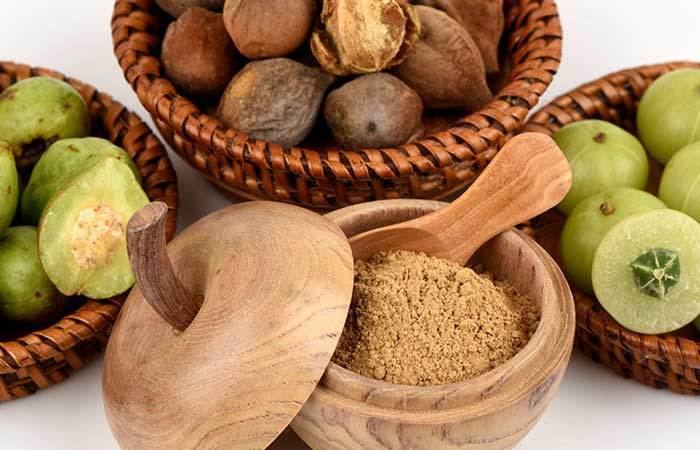
The active constituents are unknown. Triphala contains several compounds that have been proposed to be responsible for its claimed health benefits, including gallic acid, chebulagic acid, and chebulinic acid.
Contemporary research on triphala
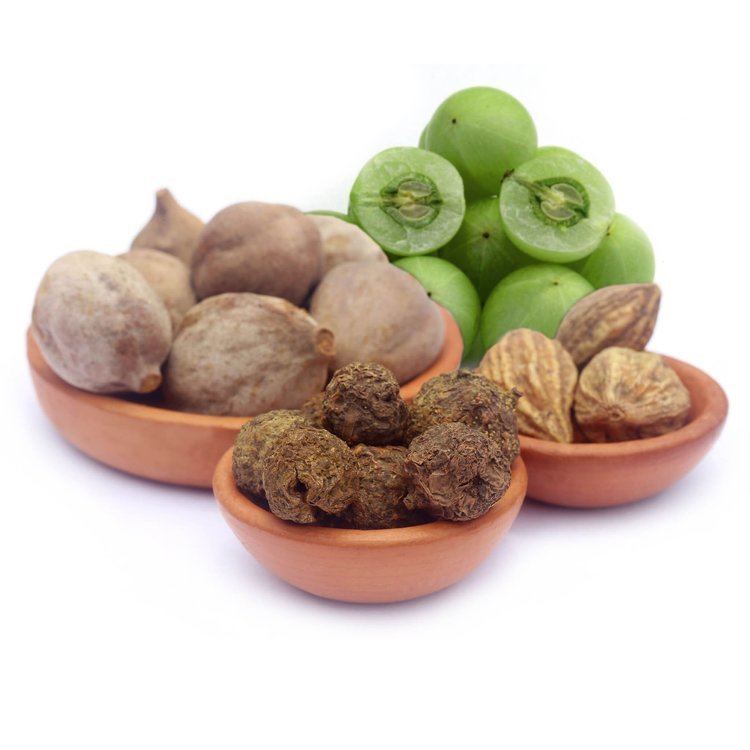
There is preliminary evidence that Triphala contains compounds with antioxidant properties in isolated cells and rats, but this has not yet been demonstrated in people. Triphala has significant immunostimulatory effects on cellular immune response, especially cytotoxic T cells and natural killer cells. Triphala extract significantly prevents selenite-induced experimental cataractogenesis in vitro and in vivo for rats.
